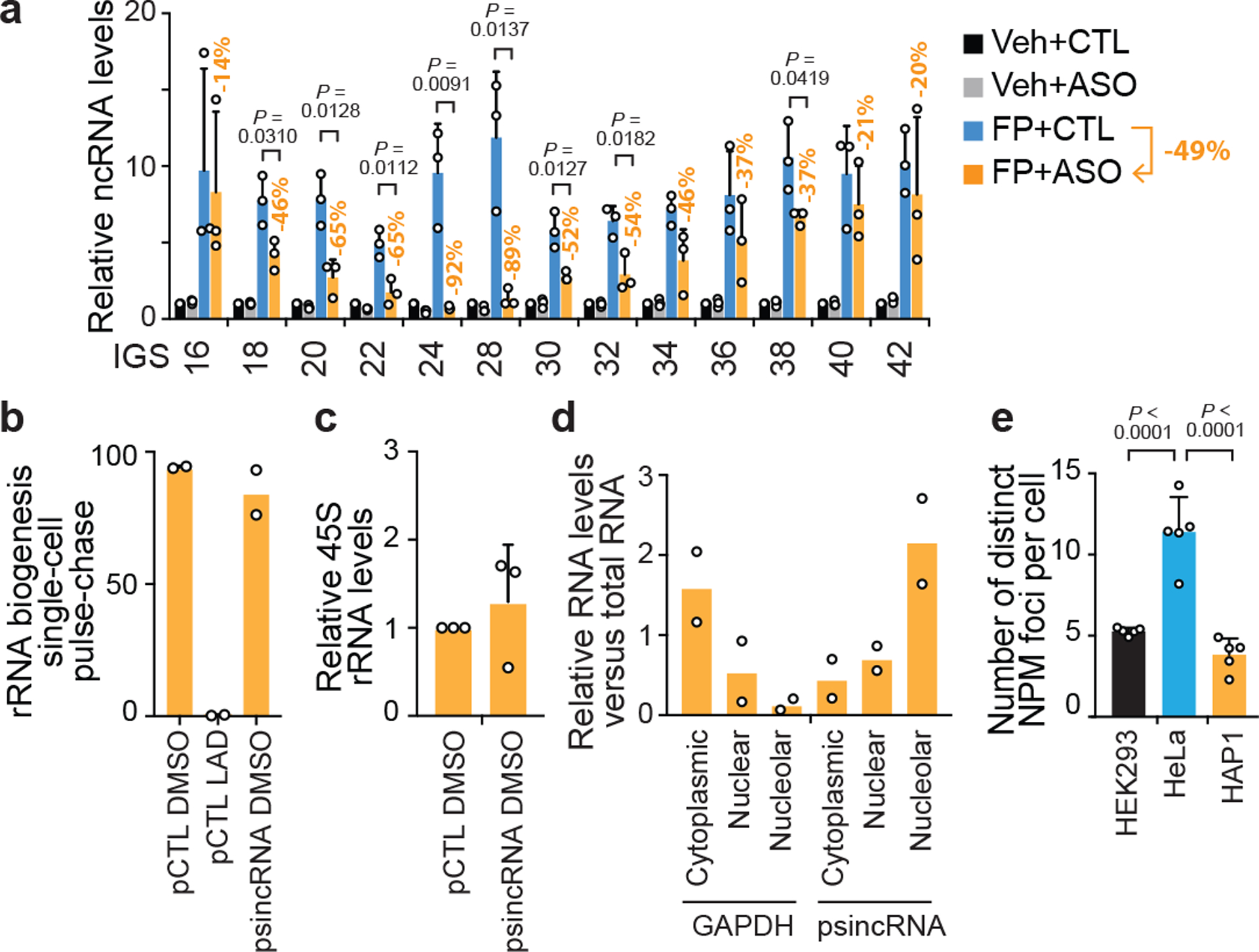Extended data Fig. 5 |. Artificial and natural modulation of sincRNA levels.

(a) In HEK293 cells treated with the Pol II inhibitor flavopirodol (FP), introduction of antisense oligonucleotides (ASO) targeting sincRNAs does lower IGS ncRNA levels relative to ASO control-treated cells (CTL). ASO-dependent percent decreases in sincRNA levels are indicated for each IGS site and the average decrease in total sincRNA levels is 49%. Data are shown as the mean±s.d.; two-tailed t-test, n=3 biologically independent experiments. (b-d) In the absence of heat shock, artificial overexpression of sincRNA22 (psincRNA) in the nucleolar stress hyper-responsive MCF7 cells failed to repress rRNA biogenesis (b) or rRNA levels (c) despite the enrichment of the sincRNA22 in the nucleolar fraction (d). Plasmid (pCTL), iPol I (LAD), vehicle (DMSO), and GAPDH cell fractionation controls were included. Data are shown as the mean±s.d.; n=2 biologically independent experiments (b, d); two-tailed t-test, n=3 biologically independent experiments (c); (e) Quantification of the number of distinct NPM foci per cell in different cell types. Data are shown as the mean±s.d.; one-way ANOVA with Tukey’s multiple comparisons test, n=5 biologically independent experiments.
